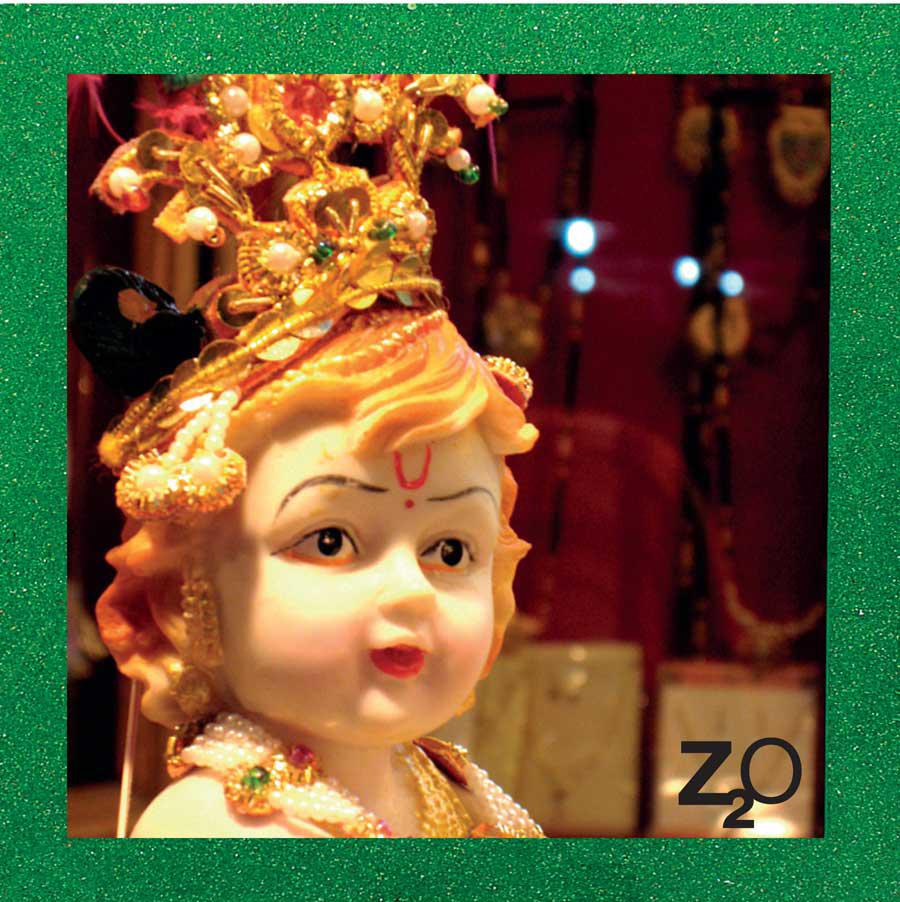Baba Anand is internationally famous for his re-elaborations of the Bollywood billboard posters of the 1950s, 1960s and 1970s: collages where the Indian movie stars are adorned like divinities, taking on - through the use of bindis and various materials like sequins, fake flowers, rich fabrics, spangles - a tridimensionality that animates them, makes them come alive.
Drawing lifeblood from the popular culture of his country, Baba - also defined as the Indian heir of Pop Art – celebrates kitsch to its paradox, taking the stereotypes of Indian culture and raising them to the level of works of art, with irony and humour.
A coherent artist, who - as Jerome Neutres sustains - “has lived by the motto: make your life a work of art, making all moments a performance”, so much so that: “my last work will be my cremation.”
The new work that Baba presents at Z2O in Rome in collaboration with Matthieu Foss Gallery Bombay, the first time outside of India, shows many novelties in the artist’s evolution.
For the first time with “Indochine” Anand uses photography as an expressive means and for the first time he deals with all the elements of his work: from the photographs and the brightly-coloured passe-partouts to the picture frames that play a significant role in the work as a whole. Another novelty is that he has placed banal dolls, ones that can be found in all Indian markets, that are still wrapped up in their plastic packaging next to his preferred subjects - Bollywood stars and Hindu divinities. And again, for the first time, Baba crosses the border of his India and looks at China: the dolls and the divinities that are the object of this work really are “made in China” and many of the materials used in the composition of the works, like the sequins used in the passe-partouts and the gilded frames, come from that very country.
Dolls and especially Indian divinities that are produced in China: one of the many paradoxes of the globalising world. Globalization, therefore, is referred to by all his work that reminds us of the polemics about the quality of products exported by China, often accused of not respecting safety standards – like in the case of toys. All of this makes “Indochine” a particularly relevant work today, that reveals Anand’s sensibility towards the problems linked to globalization as well as the need to increase awareness of certain contradictions through his work: a recurring component in Indian contemporary art, even when it appears to present itself as cheerful, colourful, “straight forward.”







Comments 0
Say something